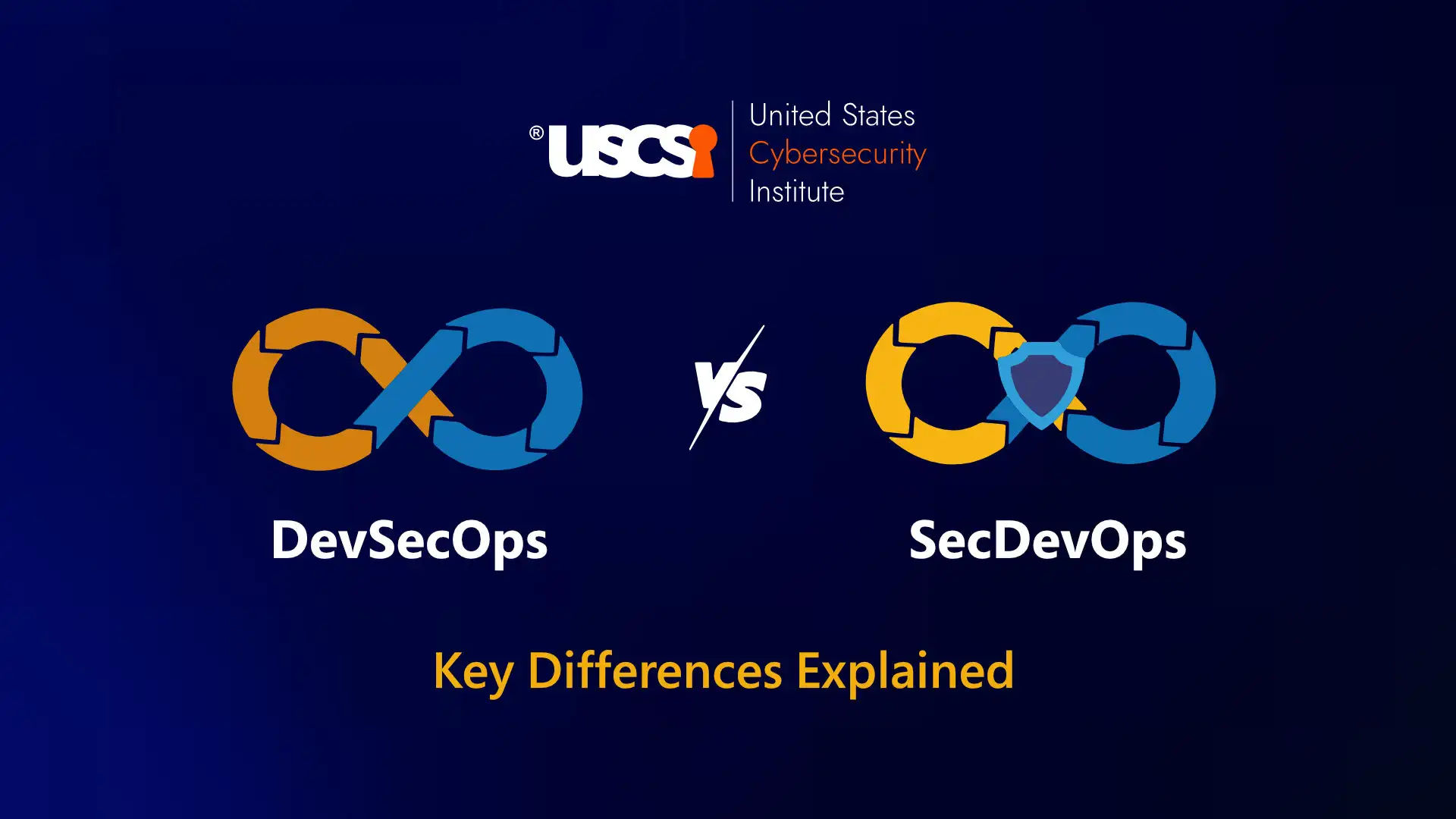

Types of Social Engineering Attacks and their Prevention Strategies
Preventing an organization and individuals can be directly linked to their awareness of social engineering attacks that target human psychology and trust.
When it comes to exploiting organizations and individual resources, cyber attackers leave no stone unturned. While there are different kinds of cyber-attacks that target technical vulnerabilities, social engineering attacks are quite different in that exploit human psychology and trust.
Social engineering attacks refer to the method in which attackers try to manipulate individuals and professionals into divulging confidential information and provide access to systems or resources which they won’t do normally.
There are different ways to identify if you are being targeted for social engineering, which can be of different types. According to Gartner, 70% of security and risk management leaders reported their organizations experiencing at least one phishing attack in the past year. Also, IBM reported that the cost of a data breach involving social engineering is $4.99 million. These stats indicate how social engineering attacks have evolved and have become a favorite tactic of malicious actors to exploit organizations and individuals alike.
This article explores everything you must know about social engineering as a cybersecurity professional including indications, types, and preventive measures.
Common traits of Social Engineering Attacks:
- Heightened Emotions: this tactic attacks an employee’s sense of fear or urgency to lure them into providing sensitive information or money.
- Spoofed sender address: Attackers use a domain name similar to the official domain and try to target users in the hope that they do not notice the minute difference. For example: getting email from @gmaiil, instead of @gmail.
- Unprofessional website links: Hackers try to create websites similar to an original website like PayPal which might look exactly similar to the original website, and once you enter your credentials, then poof, your sensitive data is gone.
- Hard to be true: Individuals might get offers that are hard to believe, they might win a lottery worth millions and require a small security amount, they might win an iPhone and need to pay shipping charges, etc.
- Unidentifiable sender: Sometimes sender deny to verify their identity, avoids video calls, or doesn’t agree to share information citing various excuses. Such users are most probably scammers and should be avoided.
Different Types of Social Engineering Attacks
Now, let us check out some of the most common ways in which malicious attackers carry out social engineering attacks.
- Phishing
This refers to fraudulent emails that resemble official and real emails designed to trick individuals into revealing confidential information like login credentials, financial data, etc.
- Baiting
This method offers prizes or money to individuals in return for small payments like security deposits, shipping charges, etc. These offers are often too good to be true but still constitute a huge portion of social engineering attacks.
- Pretexting
This involves artificially creating an environment where individuals are tricked into divulging important information and performing actions that they won’t usually do in normal scenarios. It includes impersonating senior professionals like owners, CEOs, or any other entities to gain the target’s confidence.
- Watering hole
This type of social engineering attack focuses on specific groups by compromising websites that are frequently visited by the targeted users. For instance, an attacker may inject malware into a widely visited news portal, anticipating that employees of a particular organization will access the site, unknowingly triggering the malware download.
- Responding to an unasked question
In this scenario, the victim is targeted with an email purportedly in response to a question they never posed. However, instead of genuine information, the email seeks personal details, directs the recipient to a malicious website, or includes a malware-laden attachment.
When you plan to get into a career in cybersecurity, you must have a solid understanding of these social engineering tactics. You can learn about them in detail by enrolling in top cybersecurity certification programs that not only highlight various kinds of social engineering attacks but also preventive measures against them.
Social Engineering Prevention
It's not only individuals but also organizations for social engineering and therefore, employees including cybersecurity professionals must be aware of signs and should take the necessary steps to prevent these kinds of social engineering threats. Here are some ways to prevent such attacks:
- Security awareness training
Employees and individuals must be educated about different tactics that malicious actors use in social engineering attacks especially emphasizing the importance of scepticism and verifying requests for sensitive information
- Multifactor Authentication
By employing multifactor authentication helps add extra layers of security to accounts and systems thus minimizing the chances of unauthorized access even if credentials are compromised.
- Deployment of Technical Controls
Prevention strategies like email filters, spam blockers, antivirus software, etc. are great ways to mitigate social engineering attacks even before they can reach the targeted users.
- Building a culture of verification
Employees must be encouraged to verify the source of the email and its legitimacy before taking any action. They must especially do verification if the communication involves monetary compensation or sensitive information.
- Conducting Regular Security Assessments
Organizations can do security assessments including penetration testing, vulnerability scanning, etc. on a regular basis that will help to identify and take protective measures against potential weaknesses and security defense systems.
Conclusion
Social engineering is a growing form of cybersecurity attack and cyber criminals innovate new ideas to perform these kinds of attacks. Without proper awareness and thinking ability, the chances of becoming a victim of social engineering attacks increase. Therefore, it becomes the responsibility of organizations and governments to effectively launch awareness campaigns against such kinds of cybersecurity threats to mitigate the loss both at organizational as well as individual levels.





